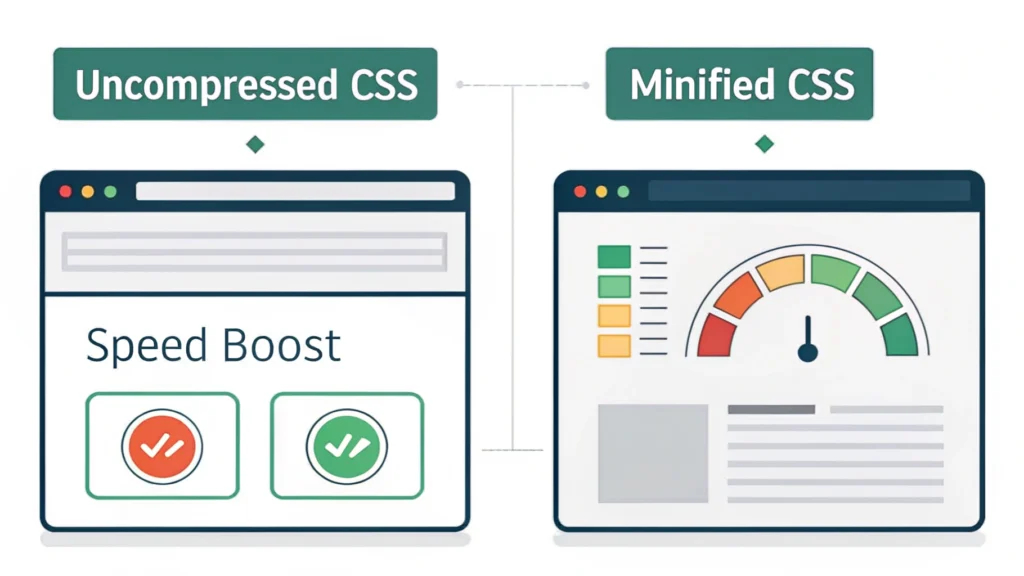Introduction to Web App Development
Web app development is a crucial skill for developers looking to create dynamic and interactive web applications. Unlike traditional static websites, web apps are designed to perform specific functions and provide a richer experience to users. This guide will walk you through the essential steps and tools necessary for successful web app development.
Understanding the Basics
What is a Web App?
A web app is an application that runs on a web server and is accessed through a web browser. Popular examples include Google Docs, Trello, and Facebook. These applications often require both front-end and back-end development.
Front-End vs. Back-End Development
- Front-End Development: This involves everything that users interact with directly in their web browser, including layout, design, and user experience.
- Back-End Development: This focuses on the server-side of applications, including databases, server logic, and application integration.
Step-by-Step Guide to Web App Development
Step 1: Planning Your Web App
Before diving into development, it’s crucial to plan your web app:
- Define the purpose and goals of your app.
- Identify your target audience.
- Sketch out the user interface and user experience (UI/UX).
Step 2: Choose Your Tech Stack
Selecting the right technologies is critical:
- Front-End: Consider using HTML, CSS, and JavaScript frameworks like React or Angular.
- Back-End: Node.js, Django, Ruby on Rails, or Flask are popular choices.
- Database: Choose between SQL (MySQL, PostgreSQL) or NoSQL (MongoDB).
Step 3: Setting Up Your Development Environment
Install necessary tools and frameworks. Here are some essentials:
- Code editor (e.g., Visual Studio Code, Sublime Text).
- Version control (e.g., Git).
- Package managers (e.g., npm for Node.js).
Step 4: Developing Your Web App
Now, it’s time to start coding!
const express = require('express');
const app = express();
app.get('/', (req, res) => {
res.send('Hello World!');
});
app.listen(3000, () => {
console.log('App running on port 3000');
});
Step 5: Testing Your Web App
Testing is essential to ensure functionality and usability:
- Unit testing for individual components.
- Integration testing for combined functionality.
- User acceptance testing (UAT) for real-world feedback.
Step 6: Deployment
Once your app is ready, deploy it to a web server:
- Choose a hosting provider (e.g., Heroku, AWS).
- Set up your domain name.
- Ensure your app is secure (consider HTTPS).
Step 7: Maintenance and Updates
Regularly update your app to fix bugs and add features. Use tools to optimize your code:
- JS Minifier for JavaScript.
- CSS Minifier for stylesheets.
- HTML Minifier to reduce load times.
FAQs about Web App Development
What programming languages are used in web app development?
Common languages include HTML, CSS, JavaScript, Python, Ruby, Java, and PHP.
How long does it take to develop a web app?
The timeline varies based on complexity but can range from a few weeks to several months.
What are the best tools for web app development?
Tools like WebToolsLab provide a variety of utilities, such as the Meta Tag Generator for SEO optimization.
Conclusion
Web app development is a multifaceted process that requires careful planning, the right tools, and ongoing maintenance. By following these steps and utilizing the resources available at WebToolsLab, you can create effective and engaging web applications that meet user needs.
